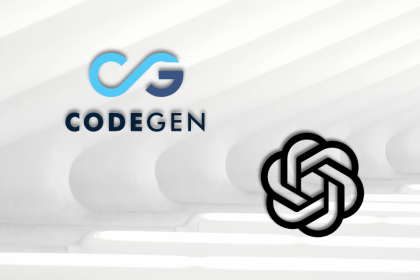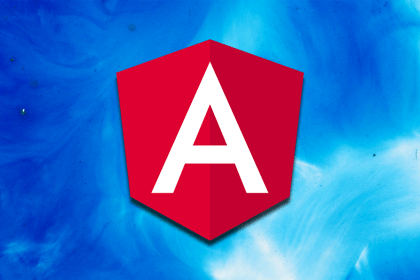
after()Next.js’ after() is a new API that lets you run logic after your route has finished rendering, without blocking the client.

You don’t need to guess what’s wrong with your Next.js app. I’ve mapped out the 8 biggest performance traps and the fixes that actually work.

Learn how to truncate text with three dots in CSS, and use two reliable CSS text truncation techniques while covering single-line and multi-line truncations.

Explore how to use Google’s new experimental Interest Invoker API for delays, popovers, and smarter hover UX.

Bolt.new revolutionizes how you build and deploy web apps with no-code development and seamless AI integration.

Apple’s Liquid Glass UI is beautiful, controversial, and possibly trend-defining. Here’s what UX designers need to know — and do — right now.

Learn how to get the most out of Cursor AI — one of the hottest tools in AI-assisted coding, with practical workflows and underrated features.

Product crises happen—bugs, breaches, or PR disasters. Here’s how PMs can plan ahead, stay calm, and lead through the chaos.

Learn about OpenAI vs open source LLMs for frontend devs, with an integration guide, costs, performance comparison, and implementation tips.

Accessibility isn’t just dev work — find out what designers can do from day one to support accessible, inclusive user experiences.

While it may seem like a maintenance update, Angular v20 is packed with practical, production-ready upgrades that will enable us to build apps faster and with more confidence.

Matthew Pizzi shares how he helped strategize and build Contentstack’s Academy, a learning management and training and certification program.